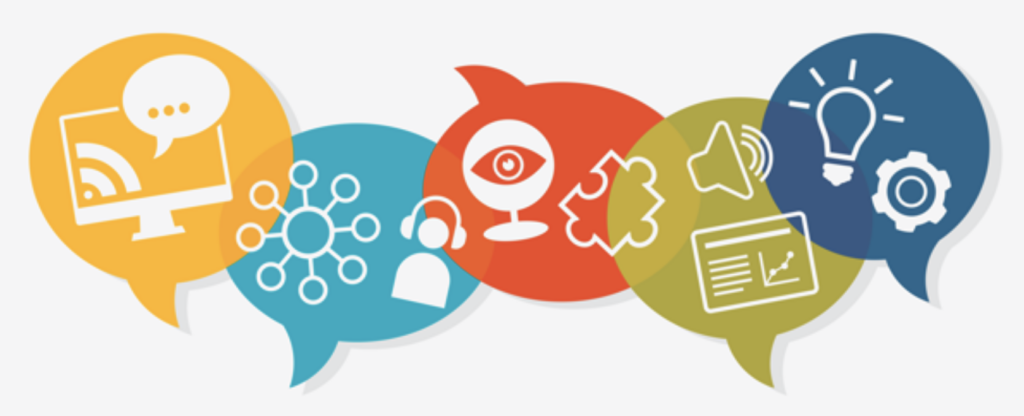A number of key issues have to be taken into consideration to ensure the online learning environment is inclusive and safe: expectations of privacy, use of technologies in educational tools, and application of universal design for learning.
Students are entitled to an expectation of a certain reasonable amount of privacy around online learning concerning personal information, communications, and activities conducted online. Providing students with the assurance that their information will not be released without consent and that data will only be collected when necessary for educational purposes creates an atmosphere of trust and security. This is the kind of environment in which trust and security will foster open and honest participation from students.

However, at times the achievement of these educational needs uses tools or actions that may have some impact on the privacy of students. For example, online proctoring tools that help to ensure that examinations taken at a distance maintain academic integrity normally include monitoring students via webcams. This might be treated as an invasion of privacy, but sometimes it is just necessary to make the examination process credible. This will call for educators to be transparent about the motives for using such tools, the management of the data, and the measures put in place that safeguard privacy protection. Schools can reduce privacy concerns by using tools that have a record of upholding privacy considerations and are clear about how they intend to use students’ data.

The Universal Design for Learning framework is aimed at forestalling exclusion and offers numerous ways of engaging, representing, and acting, as well as expression. Originally designed to help students with learning disabilities, UDL is now more broadly used to reach all students, whatever their abilities or learning preferences, in the classroom, and to ensure that access to and effectiveness of the curriculum are there for everyone. Effective application of UDL in digital learning environments is achieved through presentation of materials in as many formats as possible, such as text, audio, and video; provision of alternatives for students to choose how they wish to engage with content; and numerous ways through which one can show understanding of a topic. This opens up the way for providing digital learning in the most accessible and inclusive manner possible by using accessible technology and producing material that answers various needs.

In making use of digital tools, a very ethical standpoint needs to be taken by an educator and an institution. Technologies should not only improve learning but also be respectful towards the rights of students. These include choosing tools that are highly protective of data security free from bias and reflect inclusivity. It now becomes crucial that deep evaluations of education technologies are done so as to receive insight into their effect on privacy and equality. Educators should hence be trained on the best ethical practices while being warned of the potential dangers of these tools. Transparency, informed consent, and security of the students’ data are some basic considerations necessary for the highly ethical applications of technology in education.
By considering these factors, we could develop secure, inclusive, and ethically sound digital learning environments so that all students could be provided equal opportunities to thrive.
Leave a Reply